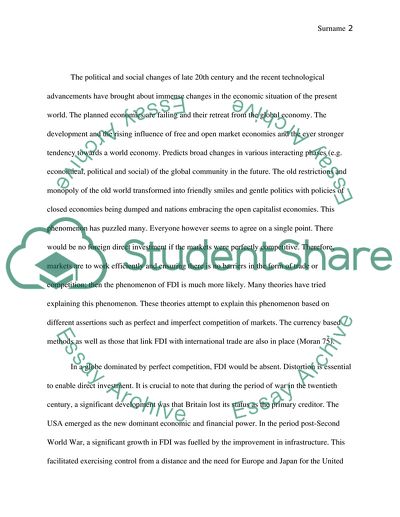Cite this document
(“Foreign Direct Investment in Developing Countries Article”, n.d.)
Foreign Direct Investment in Developing Countries Article. Retrieved from https://studentshare.org/macro-microeconomics/1668957-foreign-direct-investment-in-developing-countries
Foreign Direct Investment in Developing Countries Article. Retrieved from https://studentshare.org/macro-microeconomics/1668957-foreign-direct-investment-in-developing-countries
(Foreign Direct Investment in Developing Countries Article)
Foreign Direct Investment in Developing Countries Article. https://studentshare.org/macro-microeconomics/1668957-foreign-direct-investment-in-developing-countries.
Foreign Direct Investment in Developing Countries Article. https://studentshare.org/macro-microeconomics/1668957-foreign-direct-investment-in-developing-countries.
“Foreign Direct Investment in Developing Countries Article”, n.d. https://studentshare.org/macro-microeconomics/1668957-foreign-direct-investment-in-developing-countries.


